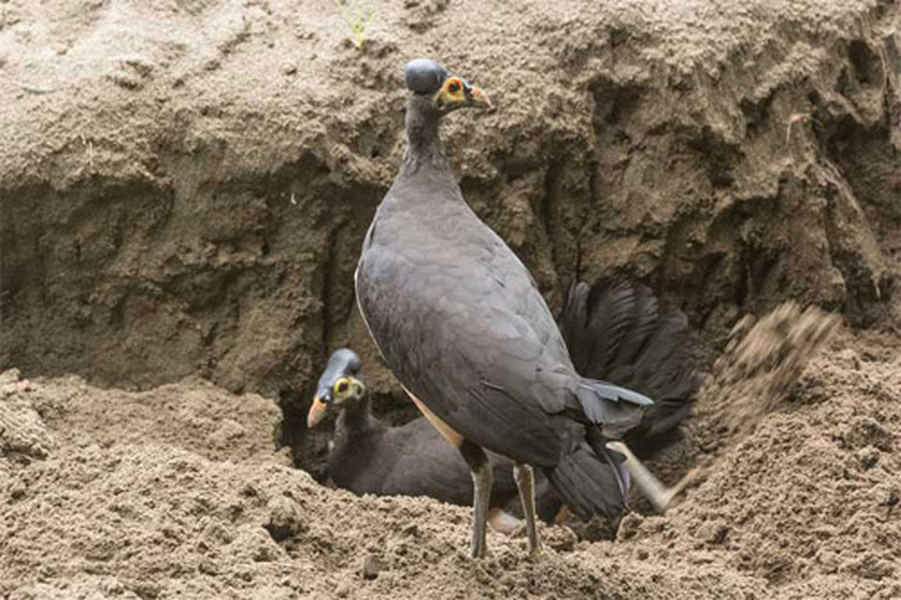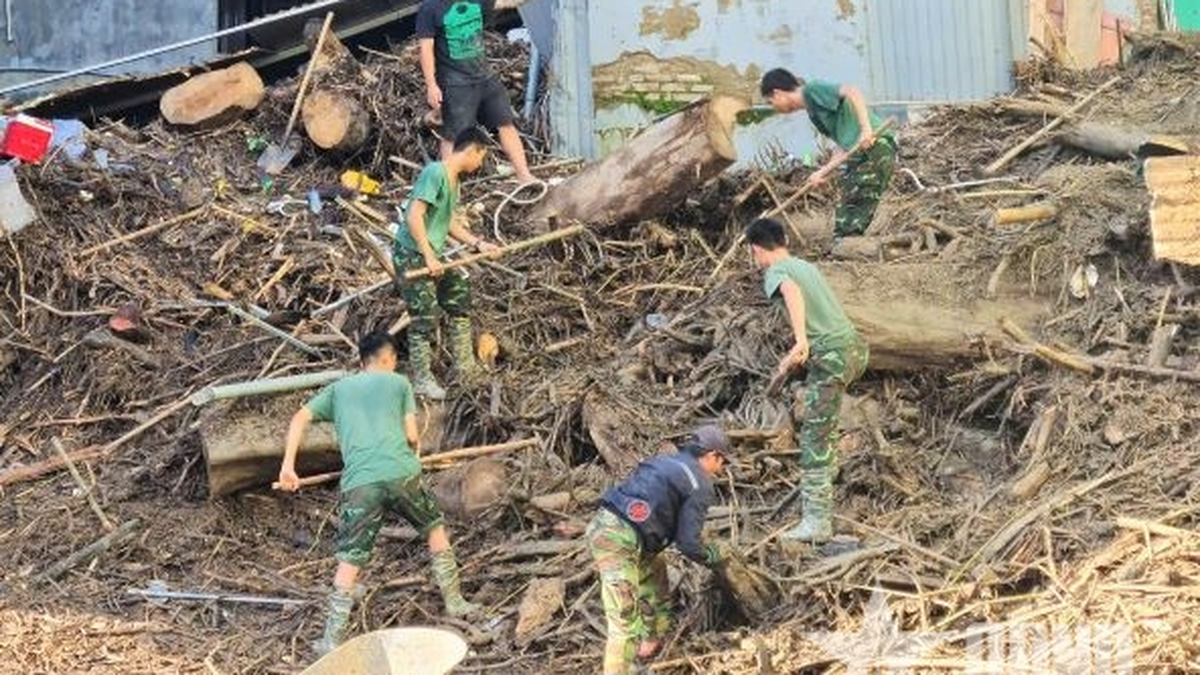This rare bird digs holes in the ground to lay eggs, allowing the heat from the volcano to incubate them. The young hatch and can run and fly immediately.
The maleo ( scientific name Macrocephalon maleo) belongs to the family Megapodiidae, genus Macrocephalon. This is a bird endemic to the island of Sulawesi, Indonesia. The bird is 55–60 cm long, black with light underparts.

On the top of their heads they have a black helmet-like growth. Their blue-gray feet have four long, pointed claws, separated by a webbed foot. Juveniles have a large brown head and a paler colour with a short black-brown crown, and a yellow back.

Unlike many other birds, Maleo do not use their body heat to incubate their eggs, but take advantage of natural factors. Although they live in the mountains, they nest in sandy areas, near volcanoes or on sunny beaches to get heat from the soil and sunlight to incubate their eggs (about 33 degrees Celsius).

Even the way the Maleo builds its nest shows the "intelligence" of this bird species. The parent pair uses their feet to dig a deep hole in the nesting area, then the female will lay eggs in the hole, then cover the eggs with sand to let the temperature of the Sun or volcano warm them.
However, these birds do not dig holes to nest indiscriminately. They are also able to detect the temperature of sand or soil samples by constantly "tasting" them with their mouths.
Studies show that if they find the soil layer to be around 33 degrees Celsius, they will stop digging and let the female lay eggs. The eggs are also arranged vertically so that after hatching, the chicks can crawl up through the sand and fly immediately.

The eggs of the maleo are quite large. After hatching, the young birds crawl out of the hole and fly into the air. After birth, the young birds are completely independent, finding their own food and protecting themselves from predators such as lizards, pythons, pigs and wild cats. About 2-3 months later, the parent pair returns to the old nest to repair the nest and continue laying eggs. The process of digging the nest, laying eggs, covering the eggs and leaving repeats itself dozens of times for each parent pair in the same location.

The Maleo bird has been listed as an endangered species, mainly due to forest fires and human hunting, so Indonesia has established a conservation area and taken care of this bird, even hiring local people to look after it.
As of 2005, only about 4,000-7,000 breeding pairs of Maleo birds remained in the wild and their numbers were declining rapidly. In 2009, the Wildlife Conservation Society of America worked with local authorities to purchase 36 hectares in Indonesia to conserve the bird.
Minh Hoa (t/h)
Source: https://giadinh.suckhoedoisong.vn/loai-chim-quy-hiem-bac-nhat-the-gioi-vua-no-ra-da-biet-bay-nhay-172241017071733132.htm



































































































Comment (0)